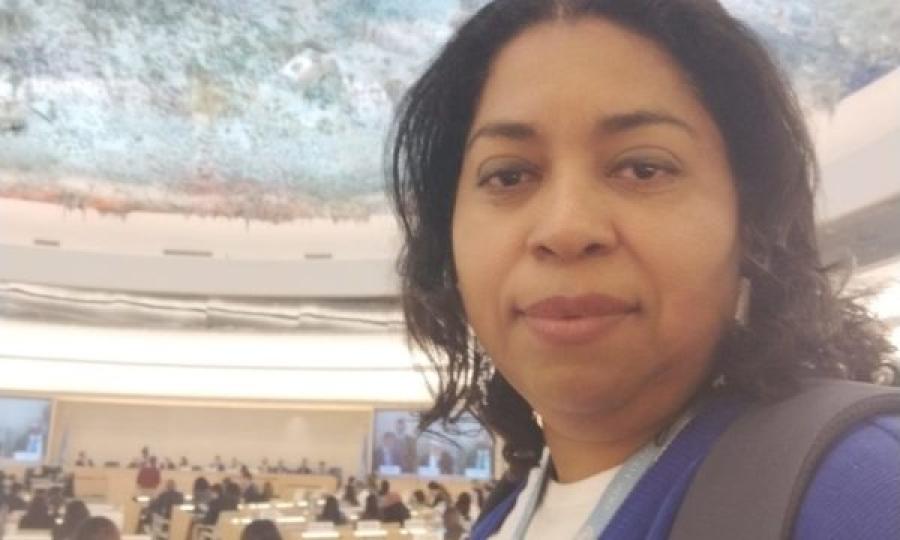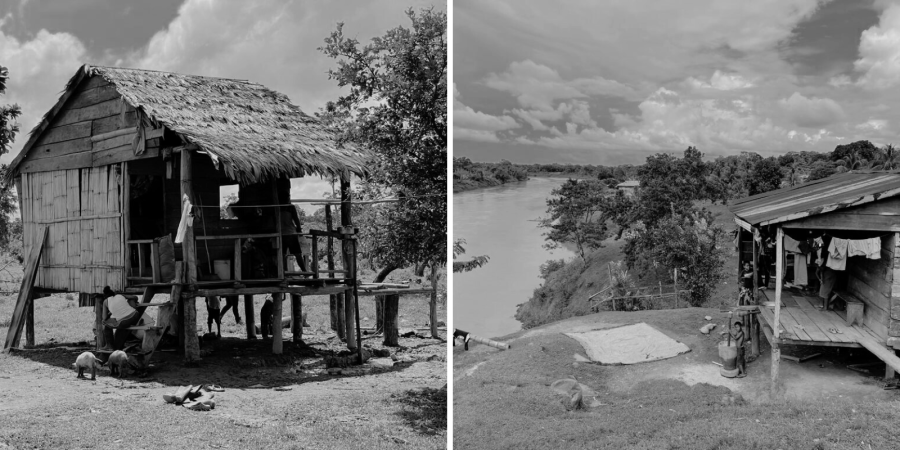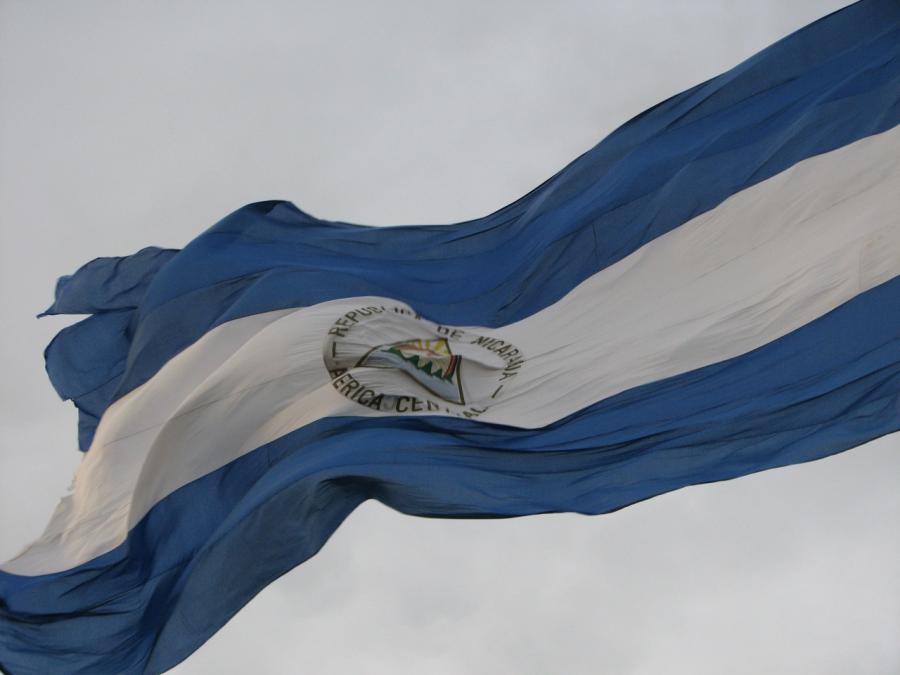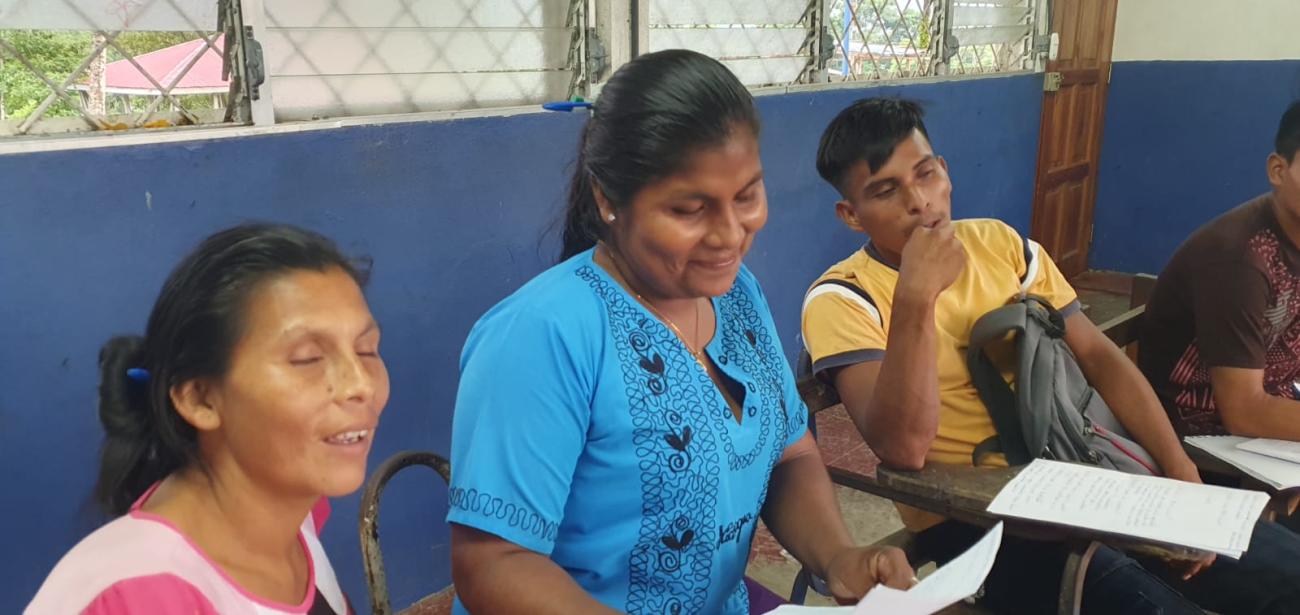
By Esénia Bañuelos (CS Intern)
The Nicaraguan government has long laid siege to the historic lands and Peoples of the nine Autonomous Regions of the Caribbean Coast of Nicaragua (ARCCN), a composite of 78 communities in the named North and South Caribbean Autonomous Regions. The second-largest tropical rainforest in the Western Hemisphere, stretching over the rivers Bocay and Waspuk, and Cerro Saslaya, is a site sacred to the Mayangna and Miskitu Peoples. The Bosawas Biosphere Reserve, a UNESCO protected biosphere reserve, has experienced accelerated deforestation from local and foreign non-Indigenous parties alike, threatening the future of land ownership and self-governance of the Miskitu and Mayangna Peoples, presently unravelling in their forced displacement from their ancestral lands en masse.
The destruction is the responsibility of the State, incurring global outcry for illegally granting mining and forestry concessions to international and national corporations to expand cattle pastures, logging, and the further extractive industries of precious metals, meats, and cocoa without the express consent or awareness of the local Mayangna Musawas, Suniwas, and Wilú communities originating in the North Caribbean Coast Autonomous Region of Nicaragua (RACCN). The latter violation is at the center of grave concern for local and international Indigenous human rights activists; Free, Prior and Informed Consent (FPIC) is a protected and essential principle of the United Nations Declaration on the Rights of Indigenous Peoples (UNDRIP). Even more, non-Indigenous settlers of the ARCCN have terrorized the Mayangna and Miskitu Peoples, especially those who have protested the ongoing deforestation and destruction of the lands, and unfathomable violence, including assassinations of activists, have gone gravely underreported and ignored by the State. Despite the exponential danger that has befallen local communities in the wake of unprecedented brutalization, the Mayangna and Miskitu Peoples have consistently protested proposed and incidental mining locations at the core of the ethnocide, litigating against the State, and continuing to foster and generate traditional and novel means of resistance.
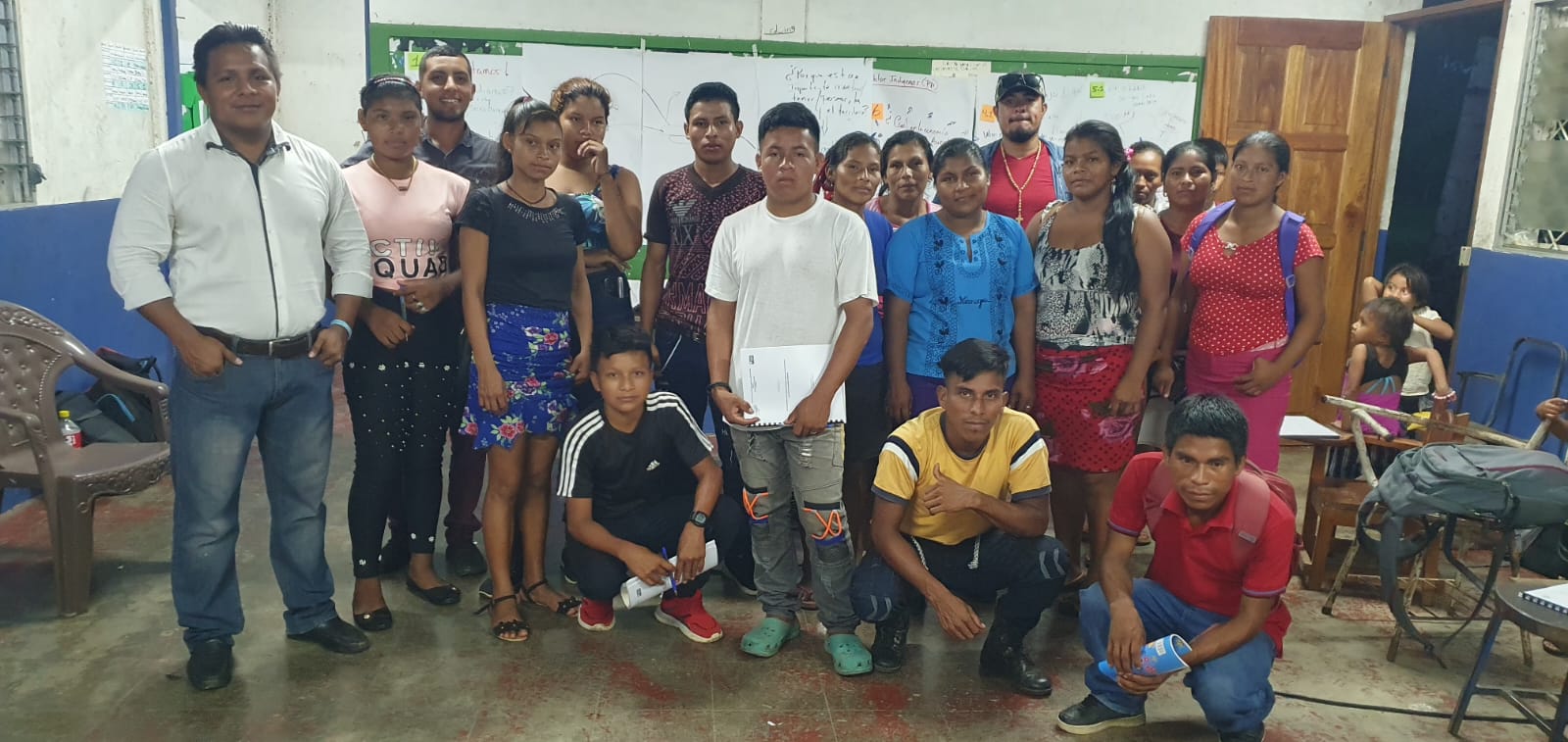
At the confluence of the Wawa and Awas Tingni Rivers lies one of the communities at the very heart of the resistance being engineered against extractive mining. Located in the designated protected Mayangna territory of the Tuhka and Awas Tingni Mayangnina Sauni Umani (‘Land of the Mayangna People in Awas Tingni,’ or AMASAU), the Awas Tingni Peoples, a smaller and mostly young community of 2,400 people, are co-constructing the Mayangna community institution, Mayangna Tunba Barakna Uni (‘House for the Development of Knowledge’) AMASAU Indigenous Community School (ECIM). Founded in 2021 under the direction of the Mayangna de AMASAU territorial and local community governments, in partnership with and under the eventual leadership of Indigenous human rights legal expert, Larry Solomon Pedro, the school was created to inform Mayangna youth of Indigenous territorial rights and self-governance, biodiversity of the lands, cultural means of life, Indigenous thought, climate change, politics of economies, and capacity building in the form of legal literacy and appropriate employment of advocacy mechanisms. Within the very constitution of this institution, therefore, is the proliferation of the endowed rights to FPIC and self-determination. The curriculum is based on educational modules that are in response to artisanal gold mining predominantly executed by the foreign-owned HEMCO and Calibre Mining, who have been instrumental in enacting deforestation and exploitation of the sacred Mayangna lands, without consulting the Regional Council or otherwise notifying the Indigenous keepers of the land. Thus, the selection of the schools’ students is realized in sessions for open dialogue with Mayangna and Miskitu community members, where Mayangna and Miskitu participants will ultimately be offered admission in accordance with cross-community values and in observance of the necessity for transgenerational graduates and equitable access to education for men and women alike, with Mayangna volunteer educators as their teachers. Because of its role as a bountiful source of Mayangna land and cultural defense against the interests of mining corporations, ECIM has already been subject to federal investigation.
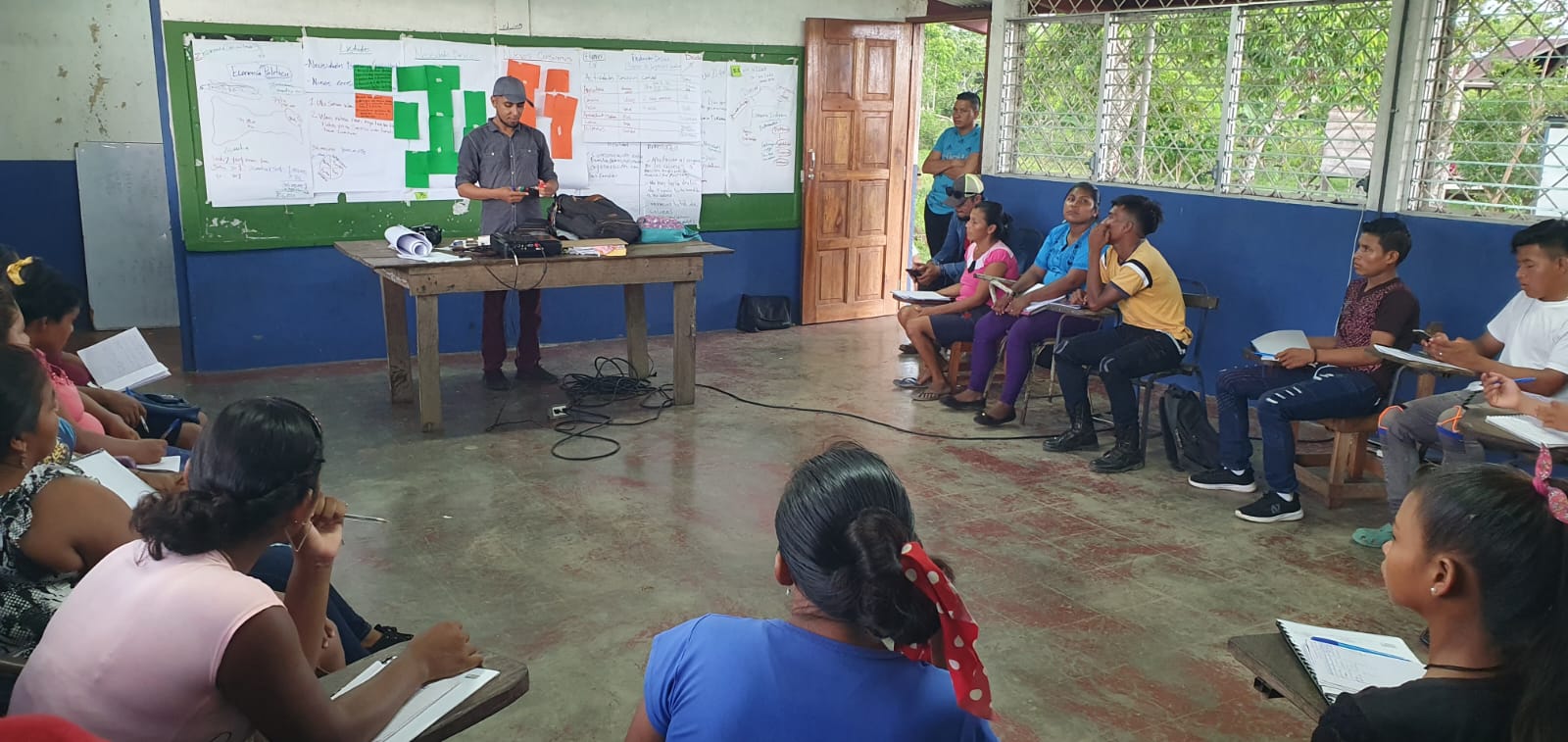
In 2024, Cultural Survival funded an emerging ECIM project through the Keepers of the Earth Fund – “Empowerment of protective measures for the collective rights against the mining concessions in the Mayangna territories of Nicaragua.” This effort had initially manifested itself into four simultaneous courses, held on-site at ECIM, over six months; encapsulating the following six modules: “Oral histories and Mayangna geography in Nicaragua,” “Legal framework for fundamental Indigenous human rights,” “The impacts of mining activity on Indigenous territory,” “Indigenous economic politics and means of life,” and “Mayangna Indigenous thought.” Further, a slew of additional projects have been in progress: the development of a community library with physical and digital resources on and for the Mayangna community, a center of Mayangna gastronomy, and a youth-led initiative to develop a tourist guide for visitors to traditional Mayangna lands. Within the courses themselves, students have had the opportunity to learn more about the human rights and lands violations enacted by the Nicaragua government through the mining examples, such as the complete pollution of the river Tungki, a fundamental source of life for the Mayangna Sauni Arungka, which has since caused degradation of community health. The knowledge that the institution has been able to construct within the community has produced monumental impacts on Mayangna government – several program graduates have since been elected into council positions, resisting more visibly the flagrant violations by the Nicaraguan government of Indigenous sovereignty. Jenny Jhanatang, a thirty-year-old ECIM alum and community leader, commented and shared her praise for the institution, “I have been a community leader, but I did not know my rights, legal norms, (general) human rights, rights related to self-governance, and the impacts of extractive mining. For me, this has been a wonderful and extraordinary experience, and it will surely strengthen the exercise of community leadership (...) We hope to recuperate our sovereignty to autonomously decide the elections of our community and territory leaders.”
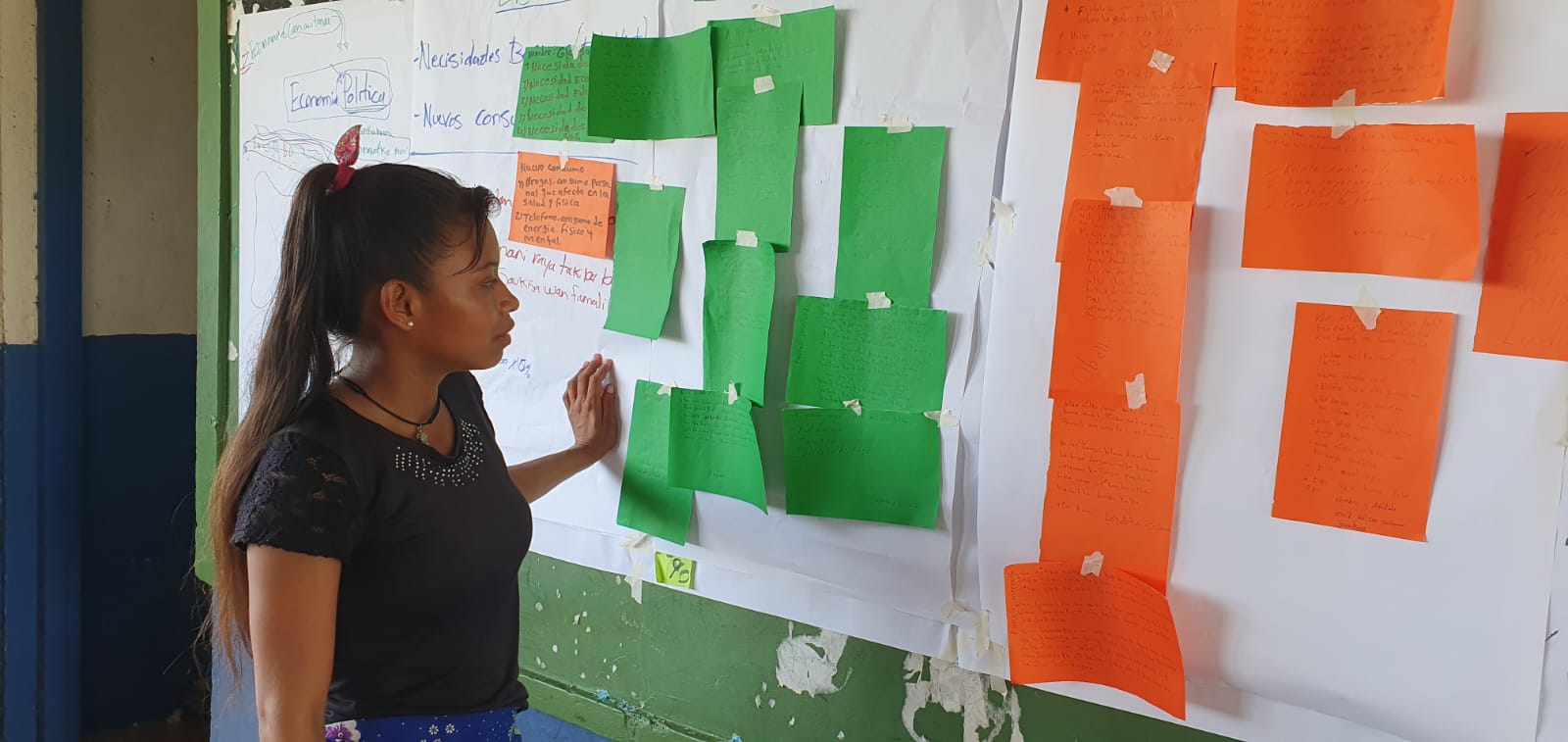
To date, ECIM operates against the persistent existential threats of the Nicaraguan government to arm the community with an indomitable weapon—the power of education. The ECIM collective hopes to open more physical institutions to serve more students in the surrounding region in the near future.
